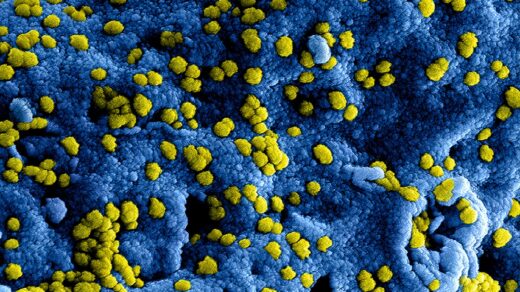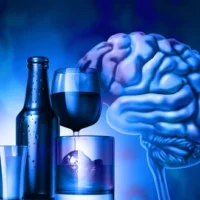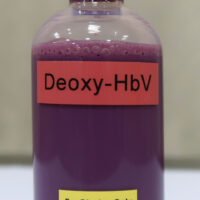Molecular basis of mutations in relation to chemical mutagen
Chemical Mutagens
-
Chemical mutagens induce mutations through at least three different mechanisms.
-
They can replace a base in the DNA, alter a base so that it specifically mispairs with another base, or damage a base so that it can no longer pair with any base under normal conditions.
-
A large number of chemicals act as mutagens, making it very difficult to devise a classification that includes all.
-
Broadly, chemical mutagens can be classified into three categories: base analogs, base modifiers, and intercalating agents.
-
These chemicals may cause either substitution or frameshift mutations.
Base Analogs
-
Certain bases are not normally present in DNA but bear a strong structural resemblance to normal nitrogenous bases.
-
These bases can be incorporated from the appropriate triphosphate precursor during DNA synthesis.
-
These compounds are called base analogs.
-
These chemicals are mutagenic only to replicating DNA.
-
For example, 5-bromouracil (5-BU) is an analog of thymine that has bromine at the C-5 position in place of the CH₃ group found in thymine.
-
5-BU has the same base-pairing properties as thymine, and nucleotides containing the base can be added to the daughter polynucleotide at positions opposite adenine in the template.
-
The common keto form of 5-BU pairs with adenine.
-
However, 5-BU can frequently change to the enol form.
-
The mutagenic effect arises because the equilibrium between the two tautomers of 5-BU is shifted more towards the rare enol form than is the case with thymine.
-
This means that during the next round of replication, there is a relatively high chance of the polymerase encountering enol-5BU, which, like enol-thymine, pairs with guanine rather than adenine.
-
This results in a point mutation.
-
2-Aminopurine (2-AP) acts in a similar way.
-
It is an analog of adenine with an amino-tautomeric form that pairs with thymine and an imino-tautomeric form that pairs with cytosine.
-
The imino form of 2-AP is more common than the imino form of adenine, thereby inducing T-to-C transitions during DNA replication (A-T → G-C transition).
Base Modifiers
-
Some mutagens are not incorporated into the DNA but instead modify or alter a base, causing specific mispairing.
-
These mutagens are called base modifiers.
-
Base modifiers can be deaminating agents, alkylating agents, and others.
-
Deaminating agents cause point mutations by removing an amino group from bases.
-
Examples of deaminating agents include nitrous acid, which deaminates adenine, cytosine, and guanine (thymine has no amino group and thus cannot be deaminated), and sodium bisulfite, which acts only on cytosine.
-
Deamination of adenine gives hypoxanthine, which pairs with cytosine rather than thymine.
-
Deamination of cytosine gives uracil, which pairs with adenine rather than guanine.
-
Alkylating agents cause alkylation of nitrogenous bases by covalently linking an alkyl group.
-
Examples of alkylating agents include ethyl methane sulfonate (EMS, also termed nitrogen mustard gas), methyl methane sulfonate (MMS), nitrosoguanidine (NTG), and dimethylnitrosamine.
-
The effect of alkylation depends on the position at which the nucleotide is modified and the type of alkyl group that is added.
-
Hydroxylamine also acts as a mutagen, but its mode of action differs from that of alkylating agents.
-
Hydroxylamine causes G-C to A-T transitions.
-
It preferentially hydroxylates the amino nitrogen of cytosine, creating N-4-hydroxycytosine, which can mispair with adenine.
Intercalating Agents
-
Intercalating agents are usually associated with single nucleotide-pair insertions and deletions (frameshift mutations).
-
This group of compounds includes proflavin, acridine orange, ethidium bromide, and a class of chemicals termed ICR compounds (e.g., ICR-170, ICR-191).
-
Intercalating agents are flat molecules.
-
They can slip between base pairs in the double helix, slightly unwinding the helix.
-
This unwinding increases the distance between adjacent base pairs.
ADVERTISEMENTS
ADVERTISEMENTS














